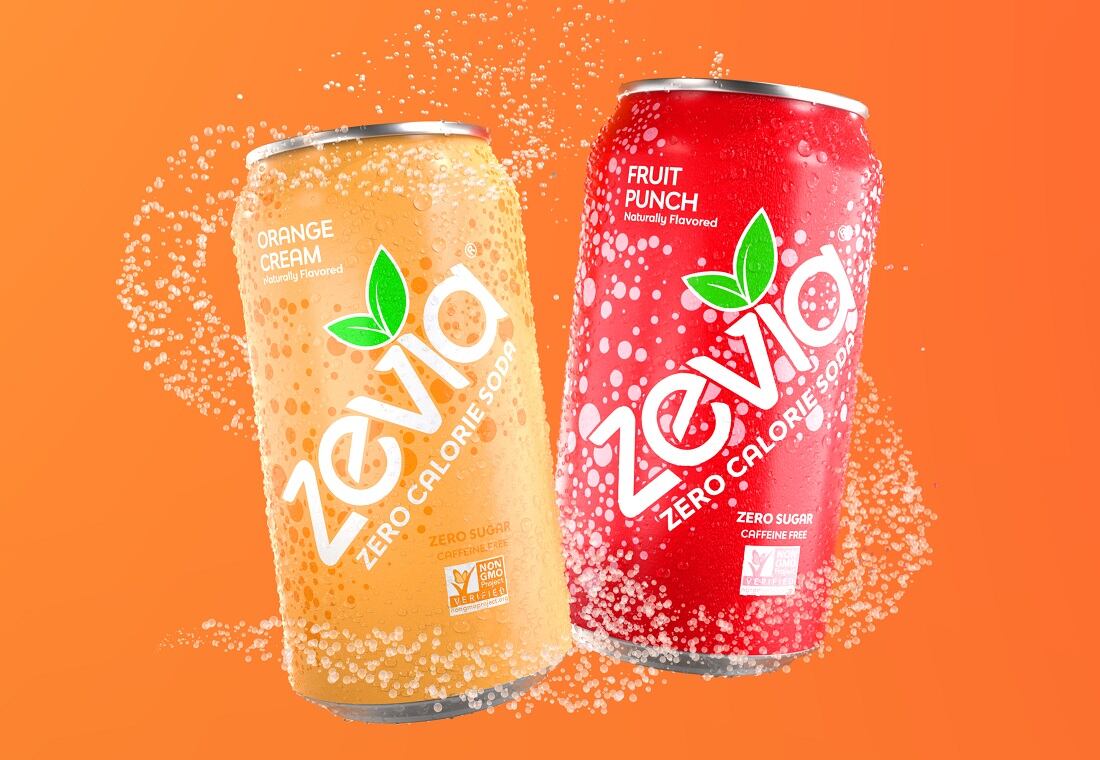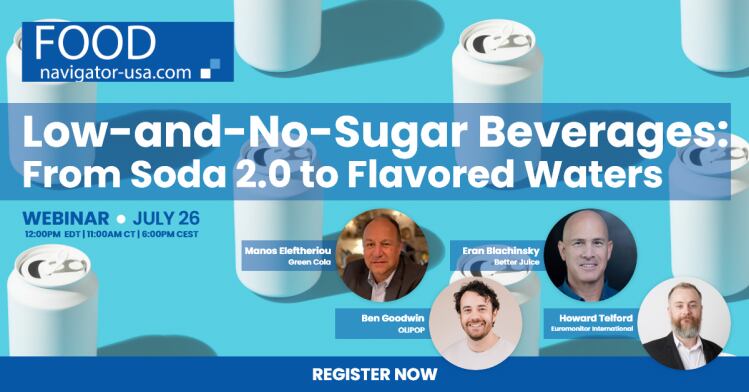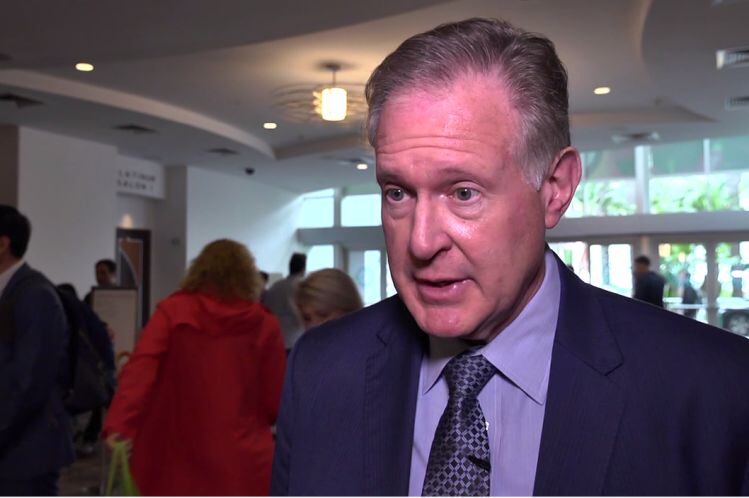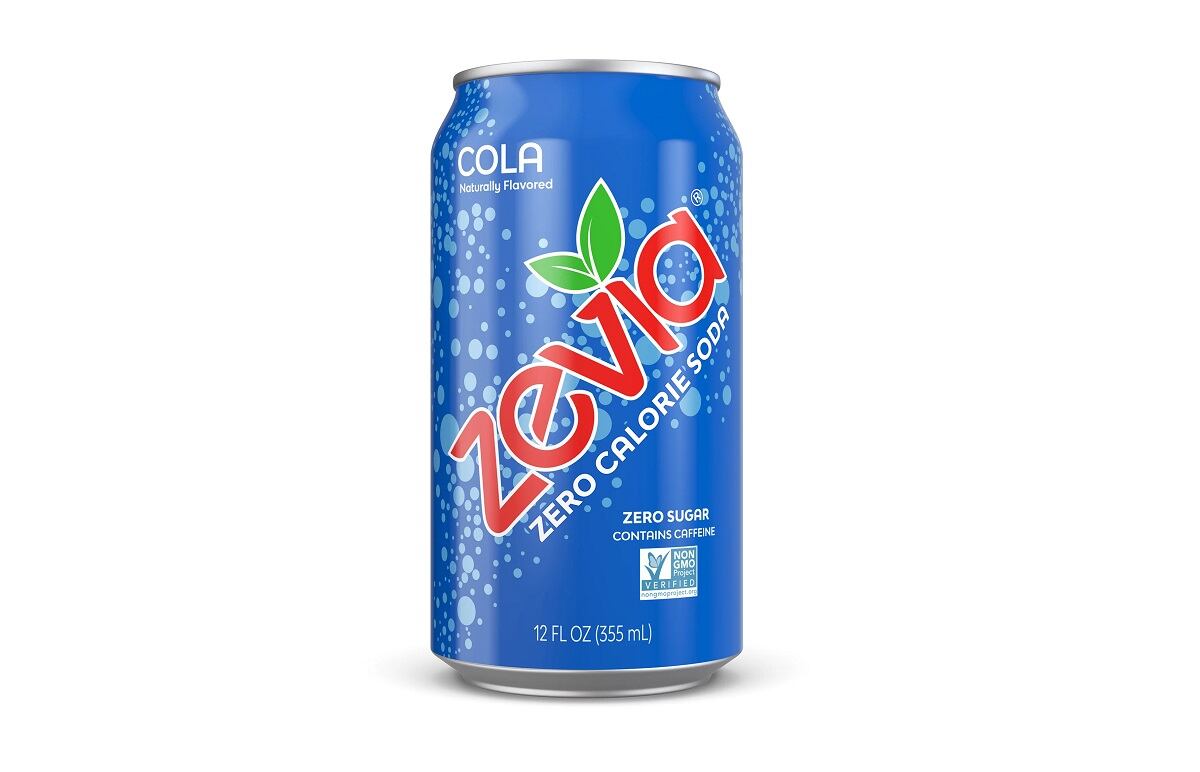Zevia reported a net sales increase of +32.5% to $45.5m in the second quarter (above original projections of $41-$43m) and volume growth of +30% vs. the same quarter last year.
Gross margins were down to 38.1% for the quarter vs. 47.3% last year primarily due to the impact of inflation and increased manufacturing costs.
"Based on our strong performance in the second quarter and our confidence in the trajectory of our business, we are also reaffirming our 2022 net sales guidance of $177-$182 million (an increase of 28% to 32% over 2021)," said Zevia's new CEO Amy Taylor, who took over from Paddy Spence this month.
"Velocity accounted for 47% of scan sales growth in Q2, while new store or new item distribution accounted for the other 53%."
Growing consumer base
Zevia has continued to attract new consumers to the brand, added Taylor, sharing that household penetration for Zevia products grew 22% in the past 12 months to 6.1% (or 1.4 million new households) bringing its total household penetration to 7.8 million homes.
Average household spend increased 4% (or $1.22) to $33.18 in Q2 2022 versus the prior year (a benefit partially driven by a 6% price increase to its six-pack soda packages that went into effect in Q2 2022).
However, even with the price increase to part of its portfolio, Zevia consumers are spending more – the brand’s existing consumer base (i.e. those that have been purchasing Zevia for two years) increased their spend by 69% vs. two years ago to $55.10 in Q2 2022 vs. Q2 2021, according to Taylor, who noted that the company is seeing a diversification in its household income levels suggesting the brand is becoming more mainstream.
"What's been interesting for us is that we see very limited price sensitivity across all income levels as we bring in households of different income levels through different channels," she noted.
Compared to the broader non-alcoholic beverage category, Zevia grew dollar sales by 23% in measured channels in Q2 compared to zero/diet carbonated soft drinks which grew by 16% for the quarter, according to IRI scan data.
“Both of these figures demonstrate we are bringing in new consumers and both existing and new consumers are buying more Zevia than in the past. Zevia brings a highly desirable shopper to our retail partners, who is less price sensitive at all income levels,” said Taylor.
The company also introduced an additional 10% blended price increase across its full soda portfolio that went into effect on Aug, 1, 2022.
“We have a stable supply chain, a healthy and growing consumer base and a clear indication of pricing power as we execute an August 1 increase across our full soda portfolio,” added Taylor.
Club channel ‘highly strategic and incremental’
According to Taylor, the brand’s new distribution gains were bolstered by its expansion into the club channel and its new Zevia kids line, which gained 4,800 new stores in the channel over the past year.
“The club channel continues to prove highly strategic and incremental to the brand and to retail partners,” noted Taylor.
Almost three-quarters of “new to Zevia shoppers” have discovered the brand while shopping in the club channel, she said.
“Zevia club shoppers are highly incremental, but also highly valuable across channels, and they spend 35% more on Zevia in the food channel over the past six months than the average Zevia shopper,” said Taylor.
In the natural channel, growth was supported by the launch of limited edition summer flavors, orange cream and fruit punch, which are currently the No. 3 and No. 4 selling items accounting for an additional 20% of growth in natural and specialty outlets for the quarter.
‘We don’t see a trade down effect’
Asked on the earnings call about the impact of inflation and consumer sensitivity to rising prices, Taylor said the company is seeing a willingness from existing and new consumers to still buy Zevia products.
“We're learning our brand is not subject to the negative impact of the economic downturn. So we don't see a trade down effect that many other brands are seeing. And we are actually seeing similar positive home stocking and spend level trends that we saw in peak COVID era,” she commented.
In fact, Zevia is seeing a form of 'trade-up' behavior with more bulk buying as consumers make the jump from its 6- and 8-pack to 10- and 12-pack SKUs, said Taylor, noting how its 12- and 24-pack business reached "record levels" accounting for nearly half of the company's growth in Q2 2022.
"The shopper is trading up and stocking up at home with a trusted brand," added Taylor.




